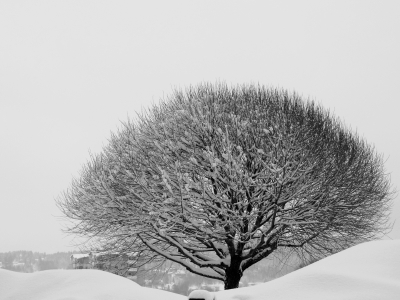Seasonal Affective Disorder Counseling in Broken Arrow for Tulsa Area Residents
By Alina Morrow, LPC-S, CAMS II, GC, CCTP
Disclaimer: The article below is for informational purposes only and should not be considered as direct advice, a personal diagnosis, or as an individual treatment plan. Always consult with a mental health professional or medical doctor if you have concerns.
Introduction and Overview
Seasonal Affective Disorder (SAD) is a depressive disorder characterized by recurrent episodes of depression (that occurs during fall and winter months when the sunlight is limited) that alternate with periods of normal or high moods in the rest of the year. SAD is more common among women than men (but the symptoms' severity is the same for both genders), and it also can affect children and adolescents.

The first SAD symptoms usually occur at the beginning of October or November, and subside in March or April. There are few cases when the symptoms can occur earlier, at the end of the summer, possibly as a result of high heat and humidity.
Signs and Symptoms of SAD include:
Oversleeping, sadness, irritability, daytime fatigue, inability to concentrate, carbohydrate craving, weight gain, decreased sexual interest, lethargy, hopelessness, suicidal thoughts, lack of interest in normal activities, and social withdrawal.
The disorder can begin at any age, but the average onset age is between 18 and 30 years.
Seasonal affective disorder has been linked with a brain chemical imbalance possibly caused by lack of sunlight and shorter daylight hours in winter. A decreased amount of light might affect the biological internal clock or circadian rhythm, like it happens in the animal world where sunlight affects the seasonal activities in animals. SAD was also linked with a sleep-hormone, called melatonin, which is produced in higher amounts during night hours.
Seasonal Affective Disorder Treatment
There are several treatment options for SAD have been proven to worked in more than 85-percent of patients.
I. Exposure to sunlight: An increased exposure to sunlight can improve the symptoms. This can be done during long walks outside or in a home setting where the person is exposed to sunlight through the window. This type of treatment can be effective in mild cases of depression.
II. Light therapy (phototherapy): This type of therapy is used in patients with severe forms of depression. It uses a bright white fluorescent light which is produced by a special lamp placed inside of a special box with a diffusing lens which filters the ultraviolet radiation. There are two main types of light bulbs used during therapy: (1) low color temperature (around 3000 degrees Kelvin) that produces a softer white light with less visual glare, and (2) higher color temperature (around 6500 degrees Kelvin) that produces a colder skylight hue.
The light-therapy session last between 30 and 90 minutes, and are more effective if scheduled during the morning hours. The treatment can vary between patients, and is influenced by three factors: (1) light intensity, (2) exposure duration, and (3) the time of day. The treatment starts working fast with patients showing improvement within two to four days of therapy, but they relapse within three days of withdrawal.
Light therapy side effects are not common. However, short-term side effects such as: irritability, eyestrain, headaches, or nausea, can occur.
//----------###----------//
Related Information:
